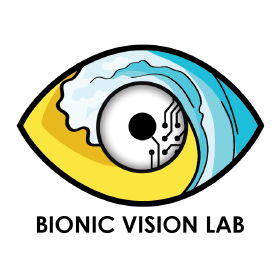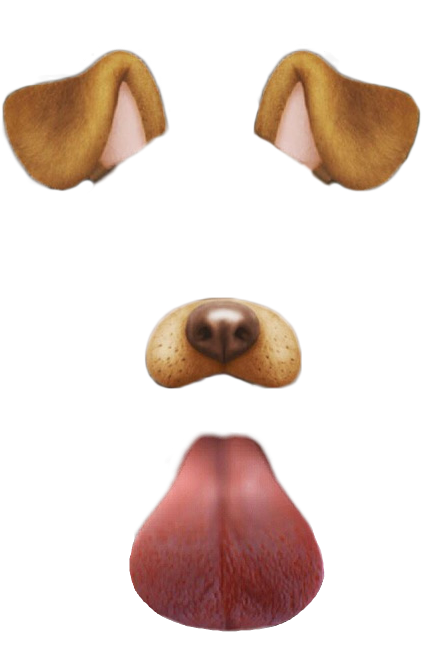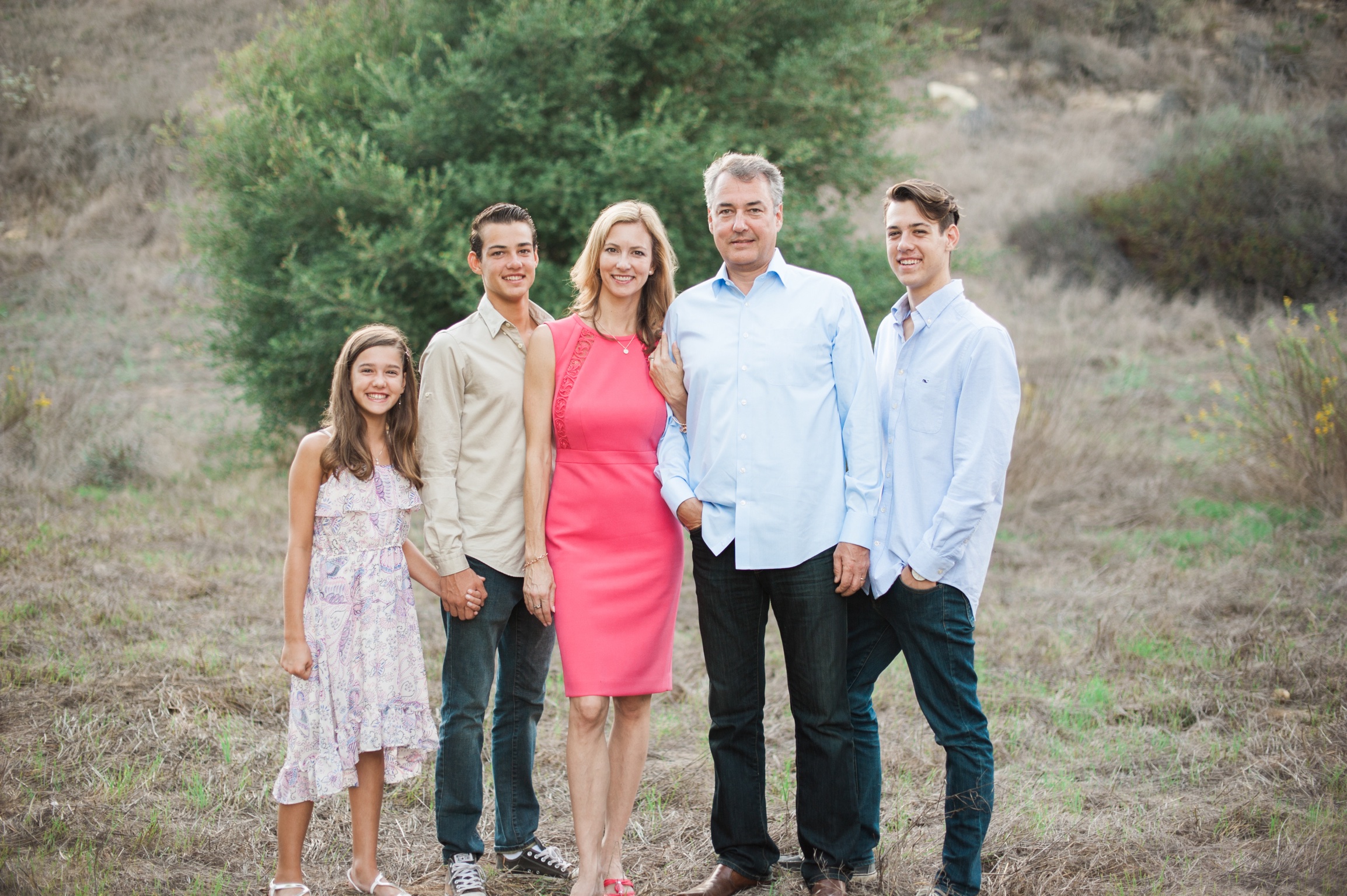Bionic Vision VR Simulation
For my computer science masters research project, I studied the effectiveness of combining different deep-learning based computer vision techniques to highlight more meaningful information when using retinal prostheses – devices used to treat degenerative eye diseases. These devices rely on an external camera to capture the visual scene, which is then translated frame-by-frame into an electrical stimulation pattern that is sent to the implant in the eye. To test the effectiveness of the combination of different simulated prosthetic vision (SPV) modes such as room layout estimation and relative depth extraction, we presented the modes individually (DepthOnly, LayoutOnly), together (DepthAndLayout), and by giving the user the ability to flexibly switch between them (DepthOrLayout). We used SPV in a virtual reality environment to test the effectiveness of the different modes by tasking users with avoiding obstacles and recognizing objects. This study is an important first step towards a retinal prosthesis that uses computer vision to improve a user’s scene understanding. Relevant Technologies: Unity, Python, C#, OpenGL, HTC Vive, SteamVR, Github















